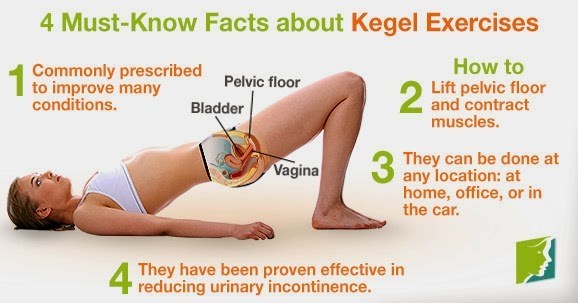Kegel exercises have often been described as a miraculous way to improve vaginal muscle contraction, leading to thousands of incredible orgasms for both men and women. Skeptics, on the other hand, can’t possibly imagine how these are any good. In the famous words of a popular TV series “the truth is out there”, but it’s the myths we are looking to bust.
Myth #1: Kegel exercises can be done anytime, anywhere.
Yes, and yes. But no. Just because they can be done, doesn’t mean that you have to do them all the time. Consider Kegel exercises like any other muscle workout. You can’t go to the gym eight times a day; your muscles need to recover from their training.
Here are two important facts about Kegels:
- It takes attention and muscle isolation to perform a set of productive Kegel exercises, so doing them while you’re sitting on a chair in your office is just bad advice.
- Kegel exercises should start off slow, and then increase in intensity by making them more challenging as you progress.
Myth #2: Kegel exercises are exclusively for women.
Wrong again! Kegel exercises are useful for men as well, as it helps them improve their bowel and bladder functions. Even more, strong pelvic floor muscles can improve sexual functions in men, as long as they are informed on the right techniques.
Myth #3: Kegel exercises are only good for improving sex life.
It’s wrong to think that Kegels are just for sexual pleasure. They are actually very useful in a lot of different scenarios, because they are several situations that can weaken the pelvic floor muscles: aging, surgery, childbirth, pregnancy, even being overweight.
If you have stress incontinence (leak drops of urine when coughing, laughing or sneezing), Kegel exercises might help. If you leak stool, Kegel exercises might help. If you have a sudden urge to pee, but lose control and urinate right after, Kegel exercises might help.
Myth #4: Kegel exercises are only useful IF you have problems.
Truth of the matter is, Kegel exercises should be a part of the routine. Maybe you won’t do them every day, but doing them at least three times a week will help you in the long haul. A lot of people only start doing Kegels when they notice urine incontinence or sexual dysfunction, but they’re actually a pretty great way of avoiding such problems in the first place.
The key is to look at pelvic muscles like you do at any other group of muscles: exercising them helps keep them in shape.
While it’s true that Kegel exercises can do a lot of good in improving your sex life (because they improve genital blood flow, clitoral erection, and lubrication), but they are so much more than that. They are a way to keep your intimate muscles in shape, by giving you more control over these groups of muscles.
Check out Kegel tutorials and much more at Sssh.com, Sex entertainment and info for women and men



